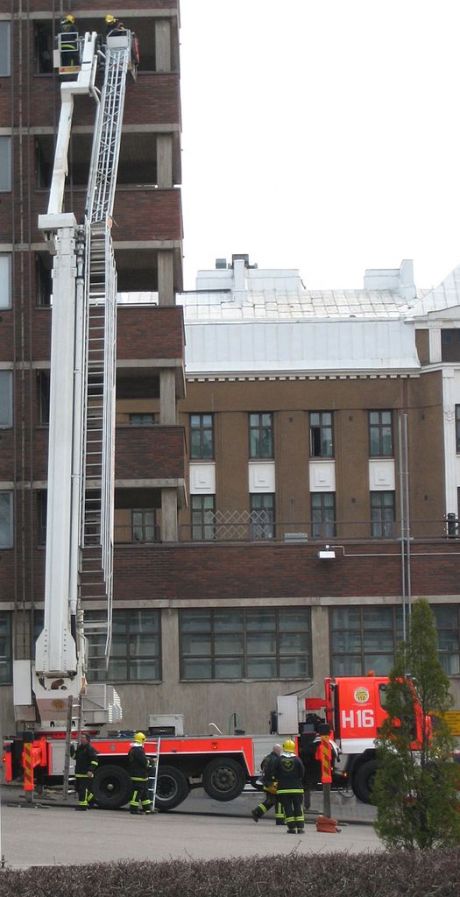Every year, fires across Europe cause enormous loss of human life and property, prompting an urgent need to improve fire resilience in buildings. The EU-funded
CONFIRE (Fire resistance of connections in a composite floor system) project aimed to improve resistance to fires by studying the steel connections in steel beam-concrete slab floor systems under fire. It aimed to develop safer floors by strengthening these connections so that the risk of collapse – and therefore to firefighters and occupants – is minimised.
Generally, modern European buildings feature steel-framed floors with thin concrete slabs. Studying the mechanical and thermal behaviour of these floors is crucial for understanding how compartment fires spread. In this vein, the project team collected data from 40 relevant buildings in Istanbul, Turkey. It focused on one particular tall building as a case study to conduct numerical and experimental analyses, examining the difference between beams that were protected against fire and beams that were not.
Subsequently, the project built a numerical model of the selected composite floor and calculated the effect of a 90-minute fire, simulating the interaction between the concrete and the steel. It found that while the floor experiences large vertical deflections, the concrete slab over the steel frame remains intact. The team deduced that the shear connections in large composite floors are not designed to sustain severe fire loading.
To validate the conclusions from the numerical model, the team built an actual composite floor subjected to gravity loading. It then subjected the floor to a standard fire of 90 minutes in a furnace, documenting a full strain map of the floor and temperatures involved, as well as tensile membrane action.
Overall, the actual test results matched the simulated results. Both the fire test and the numerical model showed that the composite floor survives the fire while the shear connections perform weakly. The project's outcomes contribute important insight for advancing structural fire engineering research and fire safety.

